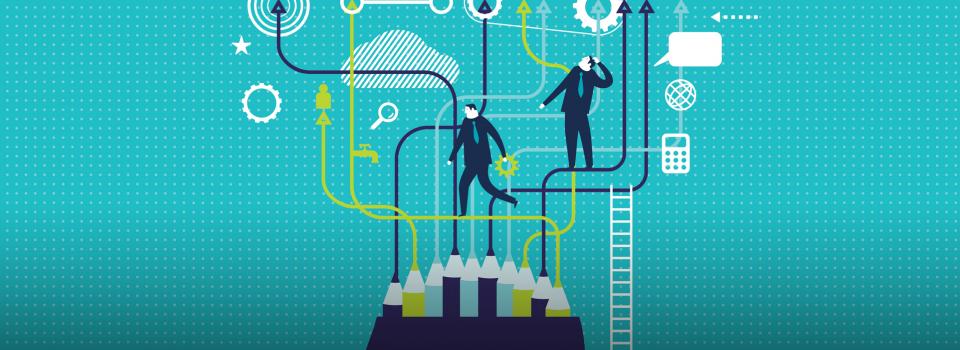Apr 01 2019
Published by
NYU Shanghai

How does our brain integrate physical effort into decision-making? For example, how do we decide between having a quick bite at the fast food chain store around the corner versus walking a mile for a much nicer meal? Where does this decision process take place in our brain?
In a new study led by Xinying Cai, Assistant Professor of Neural and Cognitive Sciences at NYU Shanghai, the researchers have found, for the first time, that the central orbitofrontal cortex (cOFC), a brain region located above the eye sockets, is able to incorporate the physical effort incurred in obtaining an option into the computation of value that guides choice. The research was published recently in the journal Nature Communications.
“Researchers in the field of neuroeconomics have proposed two different frameworks to explain how we compute and compare values of different choice options. While the good-based reference frame states that our brains are able to assign and compare abstract values associated with specific goods, the action-based reference frame argues that values are eventually assigned and compared based on action selection,” said Cai. “While both theories have gained support from empirical evidence, one big challenge to the good-based theory was how this framework handles the different levels of physical effort that goes into the decision process.
Using an animal model, Cai and colleague trained two macaque monkeys to perform a task mimicking real-life situations, where they had to choose different juices offered in variable amounts, and to indicate their choice with eye movements. The researchers manipulated the physical effort by varying the eye movement amplitudes and conveyed such information to the animals using visual symbols. They recorded the neuronal activities in the macaques’ cOFC while they were making decisions and found the neuronal activities encoding the choice outcome before the monkeys knew where to move their eyes.
“This means cOFC incorporates efforts into an abstract representation of value and still arbitrates in the reference frame of goods. This discovery provides us with an important piece of the puzzle for the good-based choice framework,” said Cai.
Journal reference:
Cai, X., & Padoa-Schioppa, C. (2019). Neuronal evidence for good-based economic decisions under variable action costs. Nature communications, 10(1), 393.


